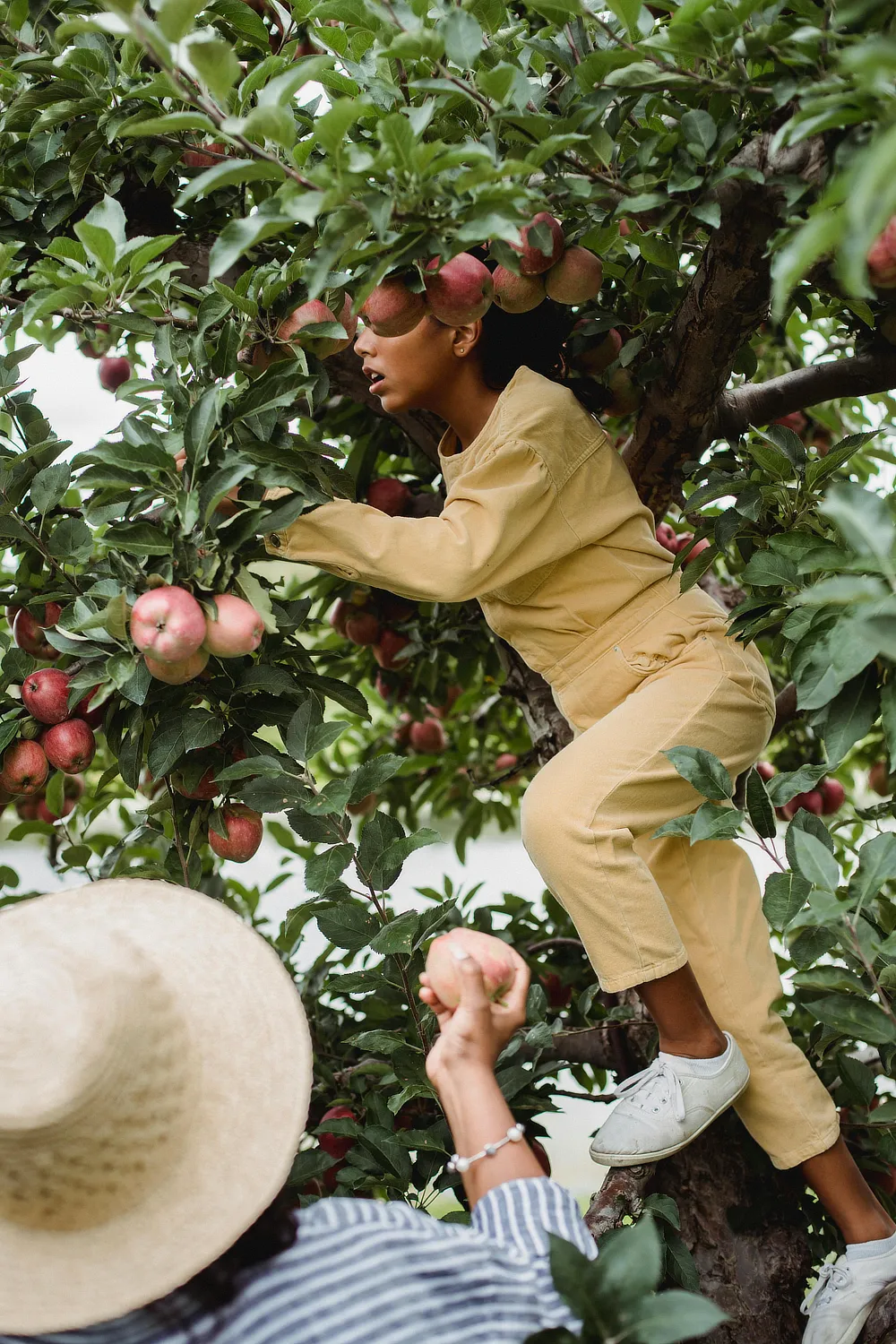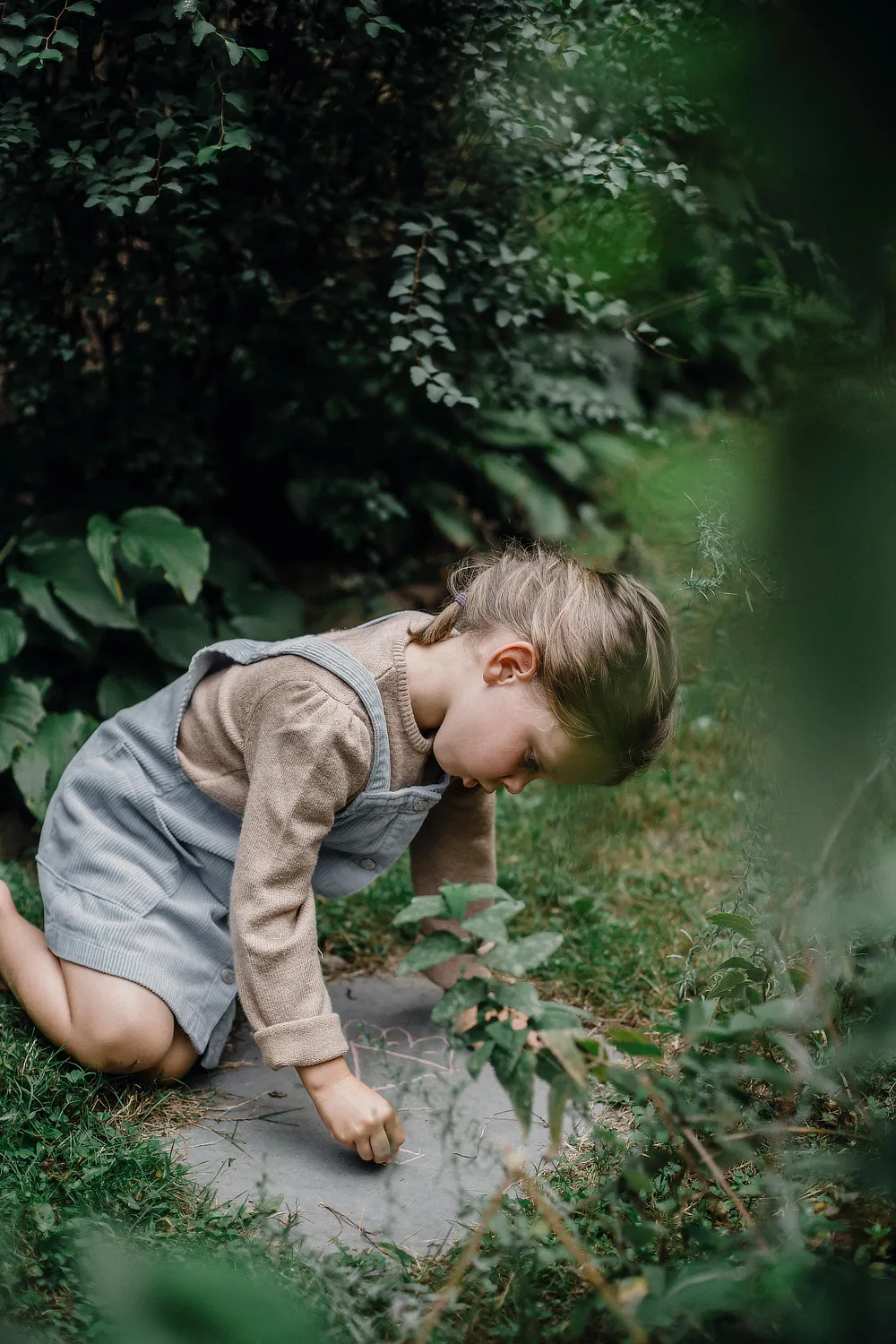There is nothing better than getting the kids out of the house, off their screens and doing something good for them, of course in my house this includes gardening. Trying to foster a love of the garden now is a great habit as although your children may not grow up to want to have their hands in the soil all the time, it does teach them patience, appreciation and understanding of what it takes to nurture something, and they will realise the benefits of being outside later in life. It can be difficult to engage with children outdoors though as results happen a little slower and they quickly lose interest, each child is stimulated buy something different so here are some of the things I have done with my own children that may work for yours.
Start with something simple such as a scavenger hunt, play is the best way to engage children and getting them to work out clues for answers is a mental work out as well as the physical aspect of running around the garden trying to find the answers. You can hide different elements needed to sow some seeds and when they have found them all you can then get them to sow some seeds of their own.
When sowing seeds with children they need to be ones that germinate quickly or the interest will be lost, radish is one of the quickest to show signs of life but sadly not many kids like radish so it’s a bit of a wasted exercise. I find sun flowers work well as they pop up in 7-10 days and you can get a huge variety with these from smaller ones to giants that will tower above them six foot in the air.
Giving a child a garden of their own will give them ownership over the space and let them do whatever they want with it. I’m a control freak over my own garden, planning what goes where and when maintenance happens but with the children, I let them do exactly what they want in their space. Of course, I offer guidance of what I think should happen, but the decision is theirs, which makes it their space to tend and look after. If you’re pushed for space grab a grow bag from the hardware shop and start there, a small potting mix sized garden for them to explore the joys of gardening with.
If your kids are more the rough-and-tumble type, then you can’t go past the joys of a cubby house or tree house. When designing a space like this try to make it dual purpose, if the kids stop using it or grow out of it you don’t want it to be a waste; a simple raised platform that was once a pirate’s deck can easily become a seating area for a cup of tea in the afternoon. I also think it’s a good idea to plant around these areas or add in window boxes for colourful plants, so they are softened.
For creative types there is so much you can indulge your children with outdoors, from finding rocks and stones to paint to making a fairy village for around the base of a tree. If you have a child that loves to get dirty building a mud kitchen is a great way to contain the mess. A second-hand sink with a salvaged table to the side is the perfect space to make mud pies and get their hands, body and most likely face covered in dirt!
Painting pots is a favourite of mine as it gives your children a sense of ownership as to what is grown in them, they are useful for everyone and reusable. When planting up pots with children strawberries are a great choice as the fruit can hang over the edge somewhat protected from snails and slugs, but herbs and annuals also work well. Pots are free draining which also works for children as they love to water and it’s hard to drown a potted plant.
If your children love animals then buying or even making a bird feeder is a lovely way to get them outdoors and keep them there, finding the best place to install it, topping it up and then watching the birds come in to feast are great activities to calm an excitable child. This activity is great to do in winter as well as birds are looking for additional food.
If you have older children, you can teach them some more delicate tasks in the garden, harvesting vegetables and picking fruit will help them to engage and understand where their food comes from whereas deadheading will help to focus and calm their minds. I find reinforcement is a great way to help them to learn, give them the information such as a plant name and then get them to create a label for that plant.
Allow your children to choose how much time they spend outside to foster a lasting love for the outdoors. Even short bursts of outdoor play in the garden offer great benefits—exposure to natural light, connection with soil, and interaction with plants. Encouraging regular outdoor activities in your landscape design helps them develop a deeper appreciation for nature.


